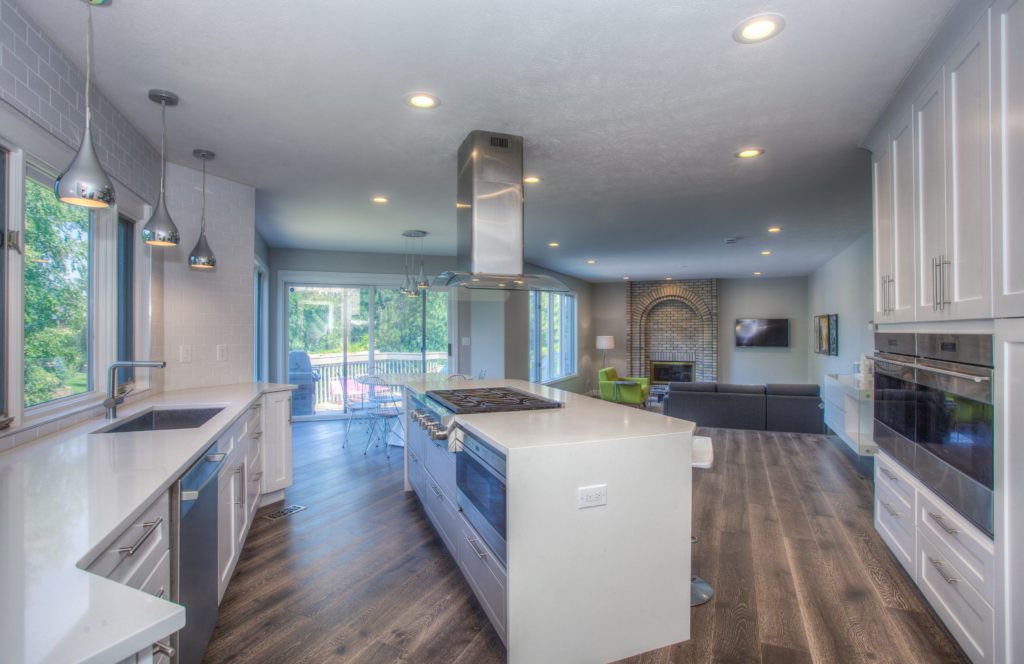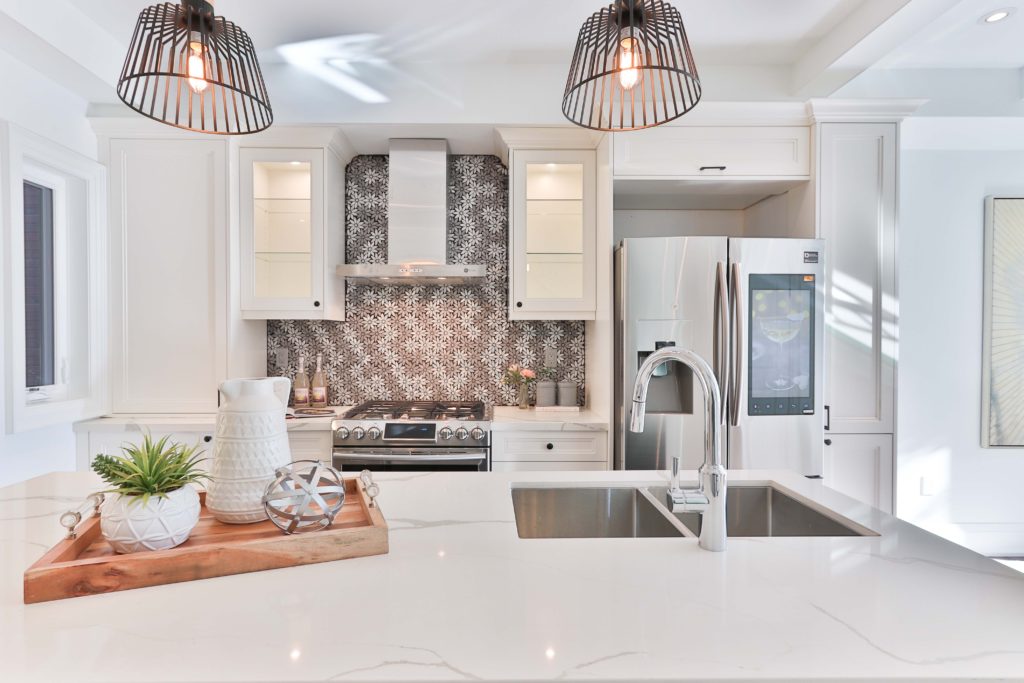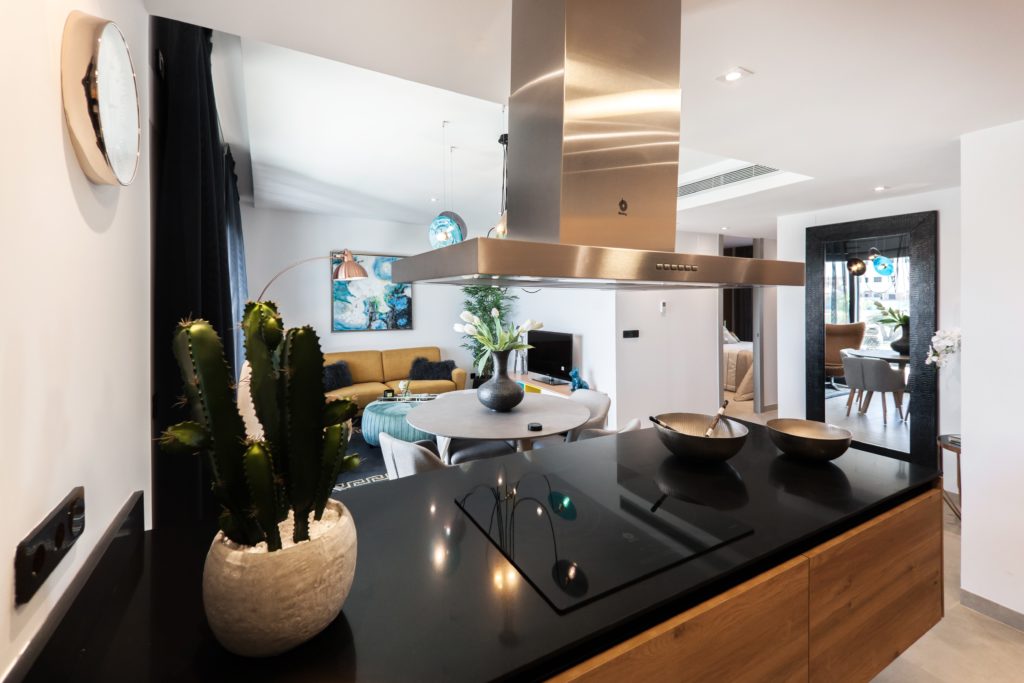Right to acquire (The ultimate guide)
In this brief blog, we will discuss the right to acquire scheme, its features, eligibility requirements and how to apply for it.
What is the Right to acquire scheme?😮
The right to acquire scheme is a government scheme which allows housing association tenants to buy their homes at a discount. It was developed in 1996 but was updated in the Housing Act 2004. The right to acquire scheme is available to all social housing or housing association tenants, as long as their landlords are part of the scheme.
You can apply to buy your housing association home if you’ve had a public sector landlord for 3 years.
These landlords include:
the armed services
NHS trusts and foundation trusts
housing associations
Councils
You can buy a home with the right to acquire scheme:
on your own
with a joint tenant
with up to three family members who have lived in your home for at least the last 12 months

Who is eligible for the right to acquire scheme?
To be eligible for the right to acquire scheme you would:
- Need to have had a public sector landlord for a minimum for 3 years.
- The property must have been built or bought by the housing association after 31st March 1997 and funded through a social housing grant funded by a housing corporation or council.
- The property must have been transferred from a local council to a housing association after 31st March 1997
- Your Landlord must be registered with the homes and communities agency
- Your home must also be a self-contained property and your only home
- You will be able to make the application with someone who shares your tenancy and up to 3 family members who have lived with you for the past 3 months
- You won’t be eligible if a court order has been made against you to leave your property
- You won’t be eligible if you have been made bankrupt
- You won’t be eligible if you are a council tenant
- You won’t be eligible if you have preserved right to buy
Housing association homes that can’t be sold
Not all housing association homes can be sold.Your housing association home won’t be eligible for the right to acquire scheme if:
it isn’t self-contained
you live in sheltered housing where services are provided
it’s designed or adapted for people with special needs
it’s provided as part of your job (for example, if you are a caretaker)
Your landlord( the housing association) will explain the reasons why you can’t buy your home and unfortunately, the decision is final and in line with that, there is no appeal process.

What discount is available with the right to acquire discount?
You will be eligible for a discount of between £9000 to £16000 and this is based on the location of the property.
Your landlord will let you know how much discount is available to you. You can view a list of discounts by region here.
If you have used the right to acquire scheme before there might be a deduction on the amount of discount available to you.
Making a right to acquire application
To apply, simply contact your landlord who will provide you with a right to acquire application form. Alternatively, you can download the Right to acquire form (RA1 form) here, fill it in and send it to your landlord.
Once you have returned the right to acquire application form, your landlord will have 4 weeks to get back to you or 8 weeks if they have been your landlord for less than 36 months.
If your landlord agrees to sell the property to you they must send you an offer within 8 weeks or 12 weeks if the property is a leasehold property (maisonette).
Joint applications
You can make a joint application for the right to acquire scheme if:
You share your tenancy with someone then they can make a joint right to acquire application with you.
You can also make a joint application with up to 3 family members who have lived with you for the past 12 months (even if they don’t share your tenancy)
The Right to Acquire offer stage
Once your landlord gives you an offer, the offer should contain how they came to those figures, how much your discount is, a description of the property and any land included in it, any known issues found with the property and any future costs you may owe to them such as ground rent or maintenance for leasehold properties.
You will have 12 weeks to inform the landlord of your decision.
The landlord will usually send two reminders labelled RTA4 and RTA5 reminders. If you don’t get back to your landlord within the time set in the reminders, your application can be binned.
If for any reason you don’t agree with your landlord’s valuation, you must write to your landlord within 3 months stating why you don’t agree with their valuation.
You can ask for an independent valuation to be carried out, it will be carried out by a district valuer from HM’s revenue and customs after which you have 12 weeks to accept the offer or pull out of the sale.
In some cases, your landlord will offer you the opportunity to buy another home. You don’t have to accept this offer and your landlord doesn’t have to make it to you.

Selling your Right to Acquire home
If you wish to sell your home within 10 years of buying it with the right to acquire scheme you must first offer it to your landlord as they have the right of refusal within the first 10 years.
If your landlord agrees to buy it they will then agree on a price with you and you must sell your home at its full market value price.
If you disagree on the price your landlord has set you can request an independent valuation at no cost to you. A district valuer from HM’s revenue and customs will come to the home, value it and set the price. You won’t have to pay for this valuation.
If the landlord doesn’t agree to buy your home within 8 weeks, you can sell it to anyone.
If you sell your home within 5 years you will have to pay some or all of the discount you initially received. You will pay back the discount amount you get in relation to your property sale price. This could be some or all of the discount.
If you sell your right to acquire home within the first year, you’ll have to pay back all of the discounts you receive.
The worst part of this is that the amount you pay back will be based on the price of your home at the time of the sale, this means you could end up paying back more than the discounts you initially received.
If you got a 5% discount you would have to pay back 5% of the sale price.
If you sell after the first year, the total amount you pay back reduces.
You pay back:
80% of the discount for year 2
60% of the discount for year 3
40% of the discount for year 4
20% of the discount for year 5
Example
You bought your home worth £90,000 and got a 10% discount (£9,000). You then sold your home after 18 months for £100,000.
10% of £100,000 is £10,000. As you’re in the second year, you would repay 80% of £10,000 (£8,000).
You can get advice on Right to Acquire scheme from:
- Citizens Advice
- Shelter
- your local Law Centre
You will also have to pay back the discount in line with the above if your home is repossessed by the mortgage lender.

What is the difference between the right to buy and the right to acquire?
The main difference between the Right to Acquire scheme and the right to buy scheme is that the right to acquire scheme is for housing association tenants whilst the right to buy scheme is for council tenants.
What is the maximum discount for right to acquire?
The maximum discount you can get with the right to acquire scheme is £16,000
Do I need a deposit for right to acquire?
You may need a deposit for the right to acquire scheme or you may not. This is totally dependent on the mortgage lender. Some mortgage lenders will accept your discount as a deposit. This is known as a concessionary mortgage.

Alternatives to the right to acquire scheme
- Lifetime ISA– gives you a government bonus of £1,000 if you save the maximum £4,000 a year.
- Help to buy ISA– gives a maximum bonus us £3,000 if you save the maximum allowed of £12,000. Before you get either you should consider which is better. Lifetime ISA vs Help to buy ISA.
- Help to buy equity loan- gives you up to 40% as a 5-year interest-free equity loan. You begin to pay interest at 1.75 % after the fifth year and 1% plus RPI for every year thereafter.
- Shared ownership– You can buy between 25% to 75% of the property initially with a shared ownership mortgage and then buy more using a staircasing mortgage.
- Armed forces help to buy– similar to the help to buy equity loan but specific for the armed forces personnel giving them an increased chance of acceptance.
- Rent to buy– This is the right to buy scheme on which this guide is currently discussing. A different marketing name is just used. Watch out for this when shopping to avoid missing out on eligible properties due to confusion.
- Right to buy– allows you to buy your home at a discount price.
- Preserved right to buy– same as above.
Depending on where you live, you may also be able to take advantage of home buying schemes provided by your local council. Example: In Norwich, the local councils provide the Norwich home options scheme.
You can read a more detailed guide about the right to acquire scheme here.
In this brief guide we discussed the right to acquire scheme. If you have any questions or comments please let us know.
If you need financial advice and you live in the UK then you could contact the Money Advice service over the phone or via chat for impartial advice.
You can also contact the debt charity “Step Change” if you are in debt and need help.
